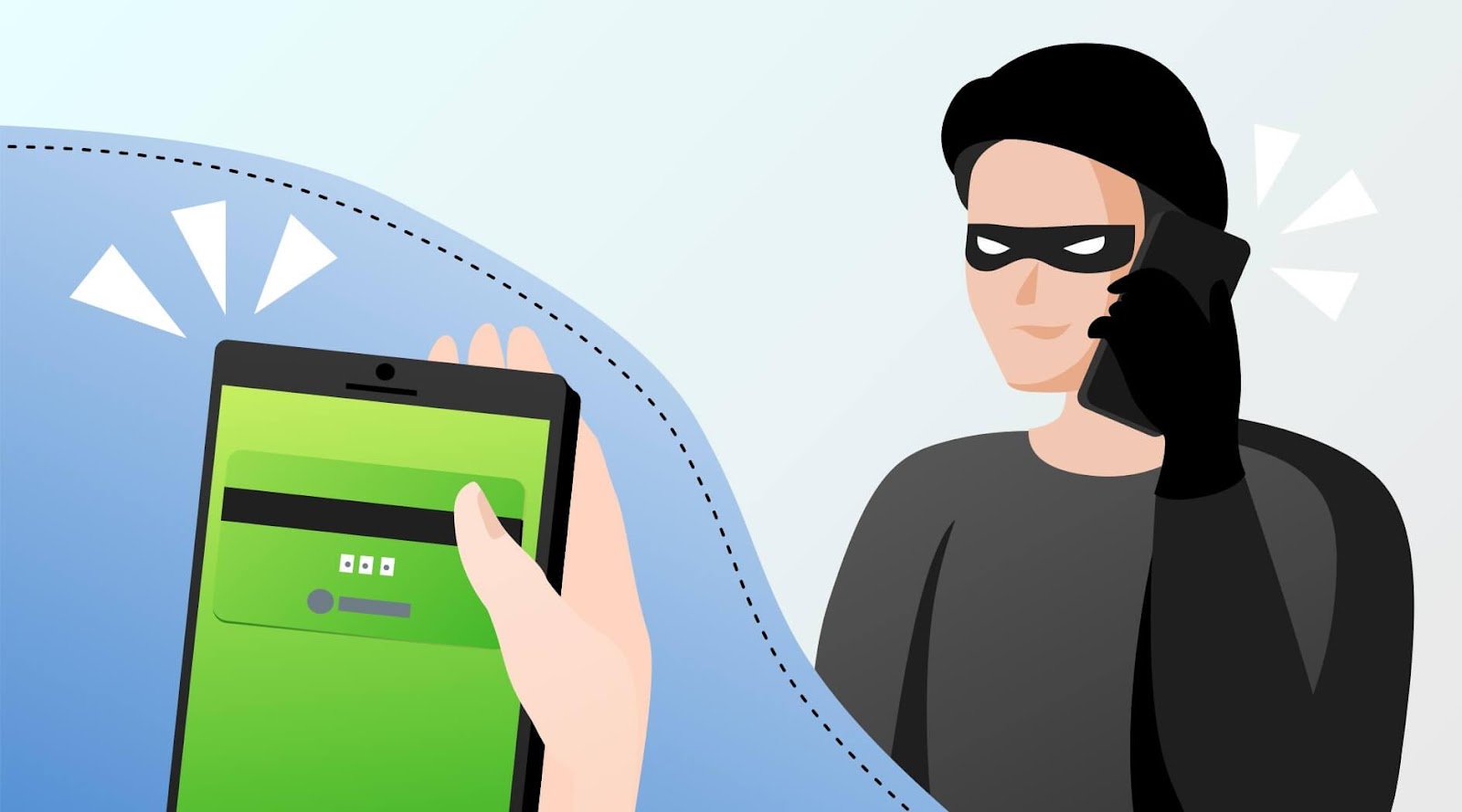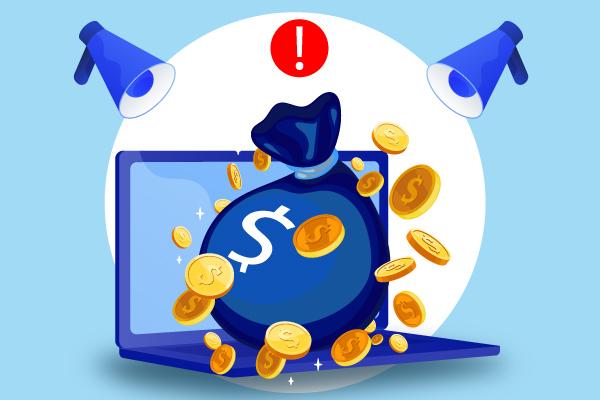In today's world, fraud, especially in the financial sector, has become quite a common phenomenon. Every day, users encounter fake banking websites and counterfeit emails that can lead to significant losses. In this article, we will look at how to recognize fake banking websites and emails, and provide recommendations on how to protect your finances from scammers.
Signs of a Fake Banking Email
Fake banking emails often look very realistic and can easily mislead even experienced users. However, there are several key signs by which you can distinguish a fake email from a real one.
Incorrect Sender Email Address
The first sign that should alert you is the sender's email address. Real emails from banks come from official domains. If you see something like "bankname123@gmail.com" or "bank_name@yahoo.com", it's a clear signal that the email is fake. Banks use their domains, which should match their official website.
Errors in the Email Text
Another important point is the quality of the text. Fake emails often contain grammatical errors, incorrect wording, or stylistic inconsistencies. Real financial institutions pay attention to their reputation and, therefore, carefully edit communications with clients.
Incorrect or Unfamiliar Links
If the email contains links, do not rush to click them. Fake emails often contain links to fake websites that look similar to real ones but are essentially traps. You should hover over the link to see where it leads before clicking. If the domain does not match the official one, it's better to avoid clicking.
Threat of Blocking or Fines
Scammers love to intimidate their victims. If the email states that your account will be blocked or you will be fined for some action, it's most likely an attempt at manipulation. Real banks do not use intimidation in their communications.
How to Recognize a Fake Banking Site
Identifying a fake banking site is not an easy task. Scammers increasingly use technology to mimic real web pages. Nevertheless, there are several key aspects to pay attention to.
The first step in identifying a fake site is checking the URL. Make sure it starts with "https://" — this indicates a secure connection. However, just having "https://" does not guarantee safety. Pay attention to the domain itself: if it's "bankname.com" — that's good, but if it's "bankname.secure.com", that's cause for concern.
Unreliable sites often do not provide sufficient information about their support services. If the site lacks phone numbers or they are listed incorrectly, this may be a sign of fraud. Also, check the "Contact" section and see how detailed the support information is.
The quality of the layout and design of the site can also indicate its authenticity. Fake sites often have low-quality graphics, many advertising banners, or poorly designed pages. A reliable site should look professional and inspire trust.
Scammers and Banking Sites
How do scammers use banking sites for their purposes? The main goal is to steal personal data and clients' money. They can create a fake site that mimics the operation of a real bank and lure victims there.
Phishing is a common method where scammers send emails or create websites to obtain confidential information such as logins and passwords. Phishing sites often copy the appearance of real banking sites, making them difficult to recognize.
Scammers know how to deceive their victims. They can use data about recent transactions to create the impression that the email or site is legitimate. They use technology to automate this process, making their activity more widespread and more dangerous.
Using potentially unsafe platforms such as social networks and messengers, scammers can spread fake links to sites and emails. Developed fake ads can lead to a page that looks like an official bank page. Therefore, it is extremely important to exercise caution even on social networks.
Protecting Finances from Scammers
It is important to remember that you are the master of your own security. There are several ways to protect your finances and personal data from fraud.
Two-factor authentication is a step that significantly increases the security level of your finances. When this feature is activated on your bank account, you will receive a code on your mobile phone or email, which must be entered to access the account. This protects your data even if someone gains access to your password.
Regularly check your account statements. If you notice any unauthorized transactions, immediately report them to your bank. Modern technology allows for quick and easy monitoring.
Regularly update passwords and avoid using the same passwords across different services. Create complex passwords consisting of text, numbers, and symbols. This will make it difficult for scammers to easily access your account.
Fake banking websites and emails pose a serious threat to the security of your finances. Knowing what to look for and how to recognize potential threats, you can significantly reduce the risk of falling victim to fraud. Be attentive and cautious when dealing with online banking, and remember that your security is your responsibility. Use all available tools to protect your finances and personal data. A clear understanding of threats and the use of practical security measures will help you avoid problems on the way to financial well-being.
 >
>
